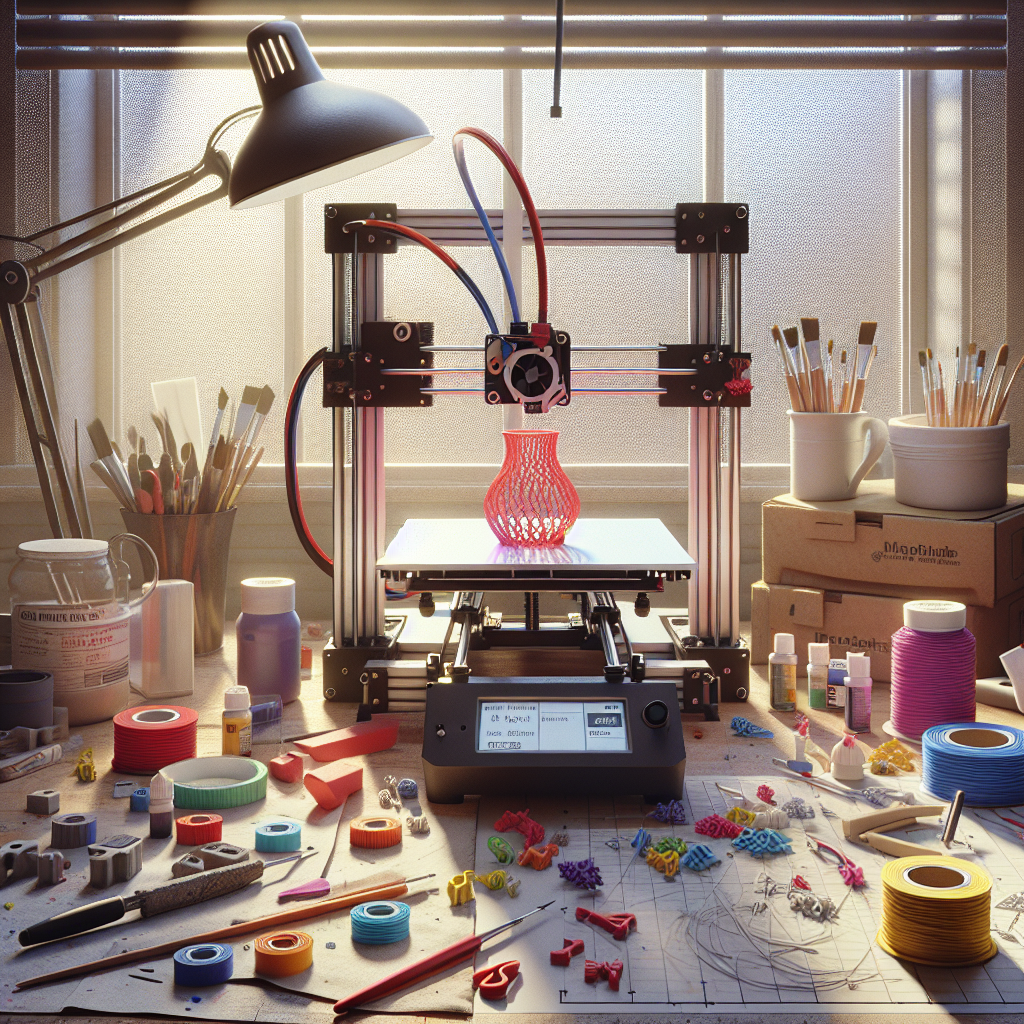Introduction
Multi-color 3D printing opens up exciting possibilities for hobbyists, educators, and professionals alike. However, not everyone has access to a multi-extruder printer or the budget to upgrade. Luckily, you can create vibrant, multi-colored prints on single-extruder machines using a combination of clever techniques and careful planning. Drawing on years of 3D printing experience, I’ll walk you through the most effective methods for achieving stunning multi-color results without a multi-extruder setup.
1. The Pause-and-Switch Filament Method
This is by far the most accessible technique for multi-color printing. Most modern slicers and 3D printers support a simple filament swap mid-print.
How It Works
– Design your model so that each color change happens at a specific layer height.
– Slice your model and note the layer numbers or heights where you want to switch colors.
– Use your slicer’s “Pause at height” or “Filament Change” feature to automatically pause the print.
– When your printer pauses, unload the current filament and load your new color.
– Resume printing.
Tips for Success
– Choose models with clear layer separation for color changes.
– Be careful not to move the print bed or nozzle during swaps.
– Prime your new filament before resuming to avoid color contamination.
2. Manual Color Changes with G-code
For more control, you can insert filament change commands directly into your G-code using your slicer or a text editor.
Steps:
– Slice your model as usual.
– Locate the desired layer in the G-code (.gcode file) by searching for the corresponding Z height (e.g., “;Z:5.2”).
– Insert an “M600” command (for firmware that supports it) or use your printer’s specific filament change command.
– Save the edited G-code and start printing.
Advantages
– Perfect for printers without easy slicer integration.
– Allows for more precise or complex color changes.
3. Painting Your Prints
If you want even more flexibility, consider painting your prints after they’re done.
Recommended Materials
– Acrylic paints work well on PLA, ABS, and PETG.
– Use primer for better adhesion and a smoother finish.
– Fine brushes or airbrushes help with detail work.
Best Practices
– Sand and clean your print before painting.
– Apply thin, multiple coats for even coverage.
– Finish with a clear coat for durability.
4. Using Multi-Part Models for Color Assembly
Another creative method is to design or download models split into separate parts, each meant to be printed in a different color and assembled post-printing.
How to Do It
– Use CAD software to split your models, or search repositories like Thingiverse for “multi-part” or “multi-color” models.
– Print each part in the desired filament color.
– Snap, glue, or assemble the parts together.
Benefits
– Clean color separations without filament swaps.
– Possibility to use different materials for each part (e.g., flexible and rigid).
5. The Sharpie or Marker Method (Quick & Dirty)
For simple prints or color highlights, you can use permanent markers to color filament before or after printing.
Techniques
– Color the filament directly before it enters the extruder for a subtle, gradient effect.
– Touch up or highlight features on finished prints.
Limitations
– Results are less vibrant than true multi-filament prints.
– Best for accenting small areas or prototyping.
Conclusion
Printing multi-color 3D models without a multi-extruder might require extra planning and a dash of creativity, but the results can be impressive and rewarding. Whether you’re pausing for filament swaps, editing G-code, assembling colorful parts, or painting your models, these tried-and-true methods will help you achieve your vision. Experiment with these techniques to find what works best for your projects and printer—your palette is only limited by your imagination!

Leave a Reply